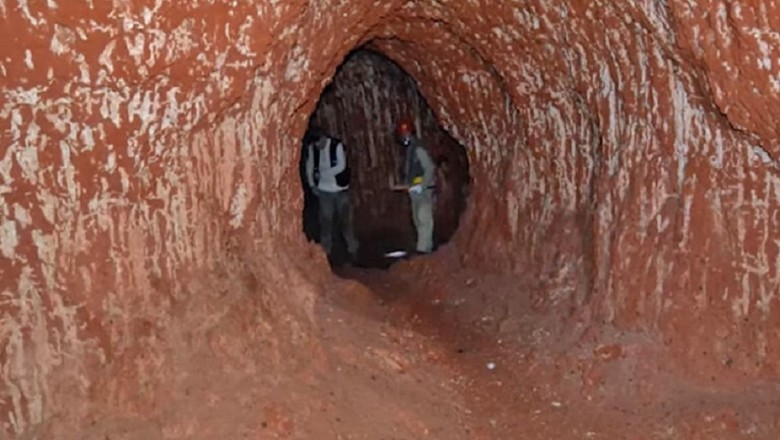
views
Huge Tunnels in the Jungle Were Actually Created by a Creepy Prehistoric Creature
Ancient Caves
The dense forests of Brazil act like a nature-preserved vault containing countless millennia-old mysteries. Among these enigmas is a complex network of tunnels believed to be around 8,000 to 10,000 years old. At first glance, one might be tempted to think they were dug by human hands in ancient times, perhaps as secret paths through the dense and lush jungle.
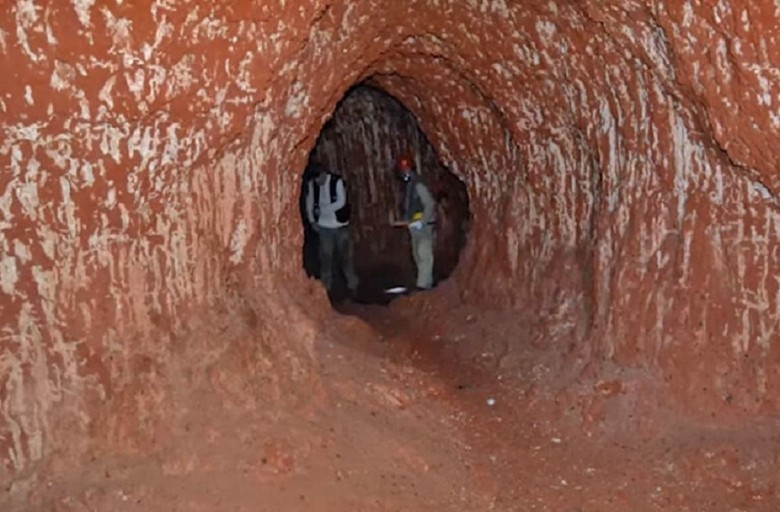
The complexity and the weight of exhaustive hours of labor rested on him like a mountain. Every moment of leisure became a precious treasure. Anticipating the approaching 4th of July, he saw in this holiday the perfect opportunity to create an unforgettable memory.
A Closer Look
Rumors about the existence of these tunnels began circulating in the scientific community in the 1930s. Many experts were firmly convinced that these structures were the result of geological phenomena and by no means created by humans.
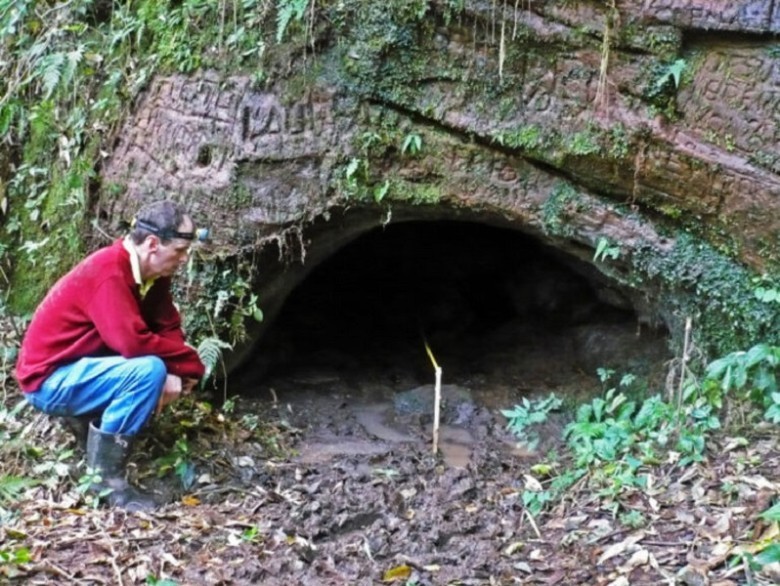
They chose a form of celebration that perfectly suited the adventurous spirit of youth. Given their age and enthusiasm, it was not surprising that they opted for something exciting and tinged with a hint of danger.
They are not natural
Amilcar, strengthened by his considerable experience and driven by insatiable curiosity, set out with a clear goal in mind: to understand the geological phenomena that could have led to such formations. However, as he ventured into the dark and echoing depths of these caves, his initial perspective began to waver and undergo a radical transformation.
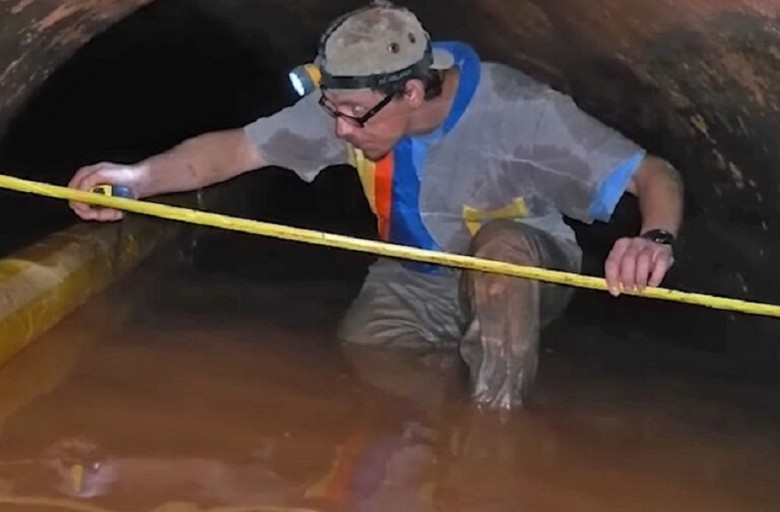
The region had not seen a drop of rain for two months, making the grass around dry and easily flammable. Unfortunately, the excitement of the moment made them overlook the obvious risks.
Another Cave
However, what Amilcar observed generated more questions than answers. The uniqueness of these structures did not correspond to any geological phenomena he knew. While his mind feverishly sought an explanation, another researcher appeared on the scene.
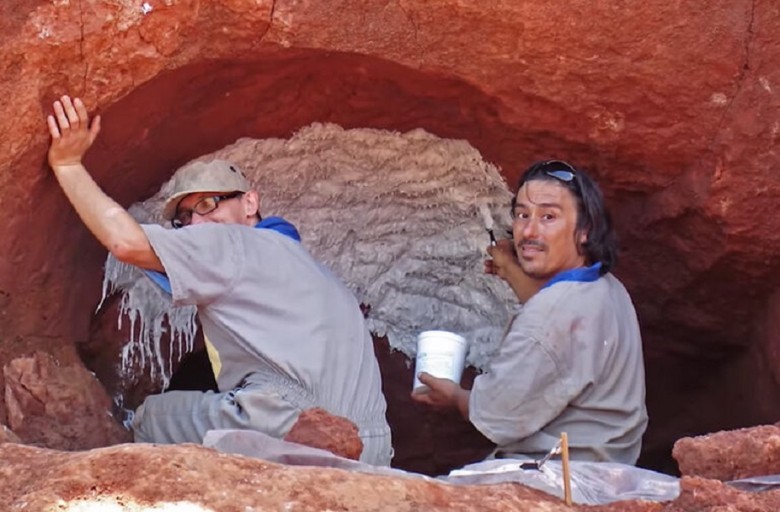
He decided to share his thoughts on Reddit and wrote with a certain regret: "Now, looking back, I realize that all my previous experiences with fireworks ended in chaos. Honestly, I don't understand why I thought this time would be different."
Huge Structures
During his explorations, Heinrich not only discovered a few of these mysterious tunnels but hundreds scattered throughout the Amazon jungle. And with each new discovery, he became increasingly aware of the immense underground labyrinth spreading out before him.
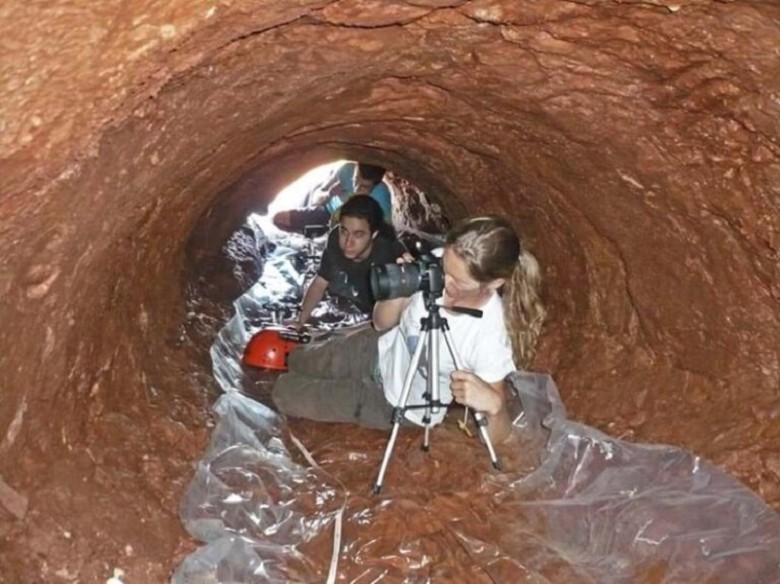
"Our living room floor was littered with fireworks – firecrackers, rockets, bombs, and Roman candles. The variety and potential of what they had purchased seemed like a dream for any teenager in search of adventure."
Superficial Grooves
However, what truly impressed Heinrich were not the tunnels themselves, but the peculiar grooves in the rock walls. These distinct marks seemed unbelievably to originate from the teeth or claws of some creature.

As they lit the fireworks, the two friends were initially surrounded by a gentle shower of sparks. However, this calmness was short-lived.
Some Irregularities
Examining the mysterious grooves, Heinrich wondered, "The creatures that could leave such markings must have had gigantic proportions. Some of these imprints are sharp and well-defined, almost as if they were fresh scratches, while others seem to have eroded over time."
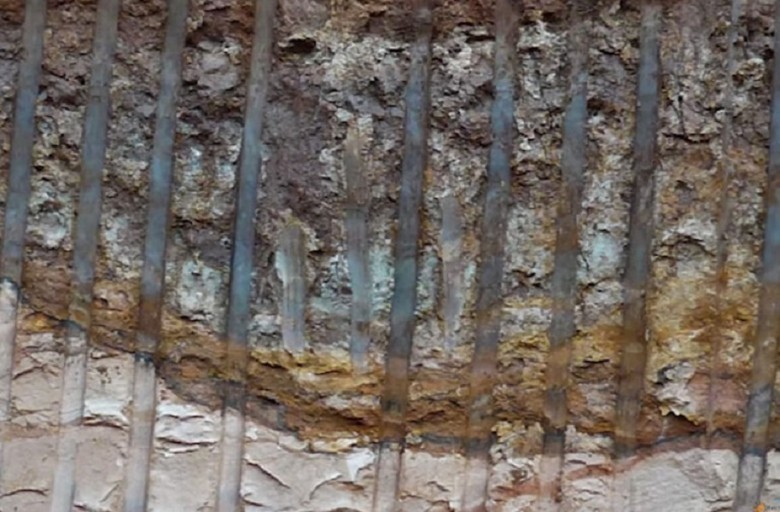
The dry grass was the perfect fuel and caught fire immediately. What began as small flames quickly grew into a large fire, devouring Tbird's backyard and threatening to spread to neighboring properties.
Specific Animal Habitats
The breakthrough in research came when further studies revealed that these tunnels were undoubtedly "paleoburrows." This revelation was so surprising that even the most experienced geologists were left speechless. Many confessed, "I have dedicated my life to geology and had never seen anything like this!"

When they realized how serious the situation was, they quickly dialed the 911 emergency line. But by the time help arrived, the damage was already done. The chaos and destruction of that day would be forever engraved in Tbird's memory.
Diverse Sizes
It seems that the ground in southern Brazil is literally littered with these "paleoburrows." What's even more astonishing is the variety of their sizes. While some are narrow and small, barely wider than a man, others resemble grand underground halls, tall and wide enough to accommodate entire travel groups.
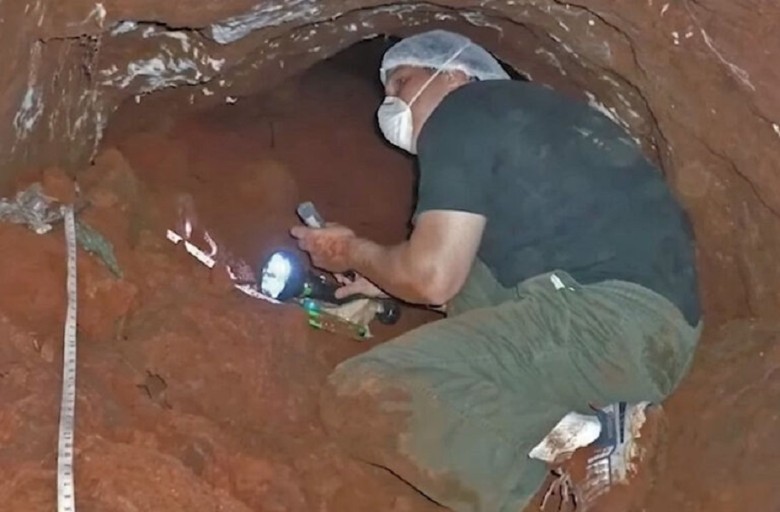
While the firefighters brought the wild fire under control, a scene of a devastated backyard, unrecognizable, unfolded. However, the neighbor's reaction was what surprised Tbird the most. Instead of showing anger or sadness, she seemed strangely calm and even a little amused, which Tbird found quite unsettling.
Random Discovery
In the vibrant heart of Brazil exists a mystery that has astounded even the most seasoned scientists: the largest "paleo-tunnel" ever discovered in the region. Amilcar stumbled upon this wonder by chance, stretching over kilometers and surpassing by far any tunnels documented before.

The woman demanded $4,000 for rebuilding the fence, another $6,000 for restoring the lawn, and an unspecified amount to cover her water bills for the next three months. What shocked Tbird the most was seeing her smiling while watching the fire.
They are Megafauna
The mysterious traces in the tunnels did not go unnoticed. A more detailed analysis led to a sensational discovery: these massive passages were dug by ancient megafauna such as giant sloths and colossal armadillos.

These creatures were not just enlarged animals; they were true titans, longer than six meters. And this discovery brought a new puzzle: How did these giants manage to build such intricate tunnels?
What is Their Secret?
This revelation posed a new and fascinating question that occupied many paleontologists: How was it possible for creatures of this size to dig such extensive and complex tunnels? Even with their immense strength, this seemed to be a task beyond their capabilities.
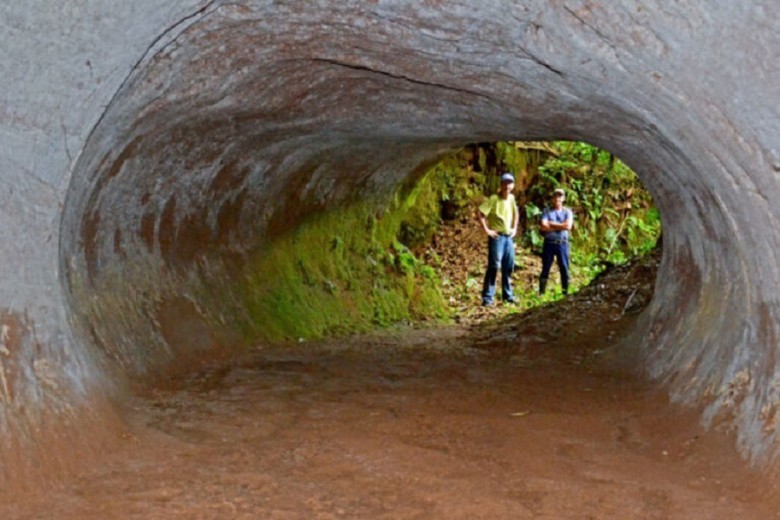
Was it really possible that a single animal dedicated its entire existence to this monumental work? This dilemma still sits at the center of many scientific debates.
Leaving a Mark
A theory began to solidify among scientists: perhaps these creatures didn't dig the tunnels alone and in a single period but instead adopted a multi-generational approach. The oldest individuals initiated the drilling, and subsequent generations continued and expanded the work.

It seemed they personalized the structure more and more over time. This suggests that these tunnels were not just passages but true habitats improved from generation to generation. A tangible sign of how each generation left its mark over time.
Continued Observation
It was as if each new generation took up the baton, continued the work, and further personalized the underground labyrinth. This multi-generational methodology could be the key to explaining the enormous expansion of these tunnels. It was as if these animals undertook a monumental architectural project passed down from generation to generation.
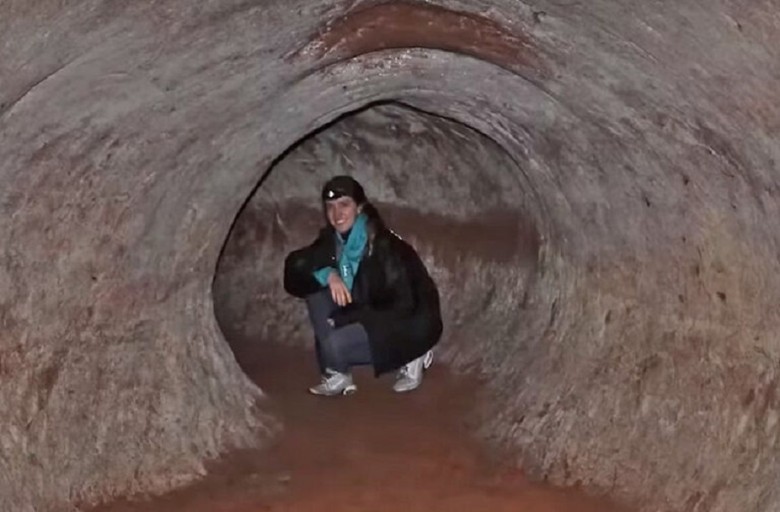
However, like all scientific theories, it is still under scrutiny. Researchers are constantly looking for new evidence that can either confirm or refute this theory. Science is always evolving, and each new discovery raises new questions.
Another Mystery
The spectacular discovery provided a key to solving another long-standing puzzle: where did these giant prehistoric creatures live? Despite having fossils that documented their existence and behavior, their true habitat remained a mystery. However, with the discovery of these tunnels, the pieces of the puzzle began to fall into place, like a novel unfolding.
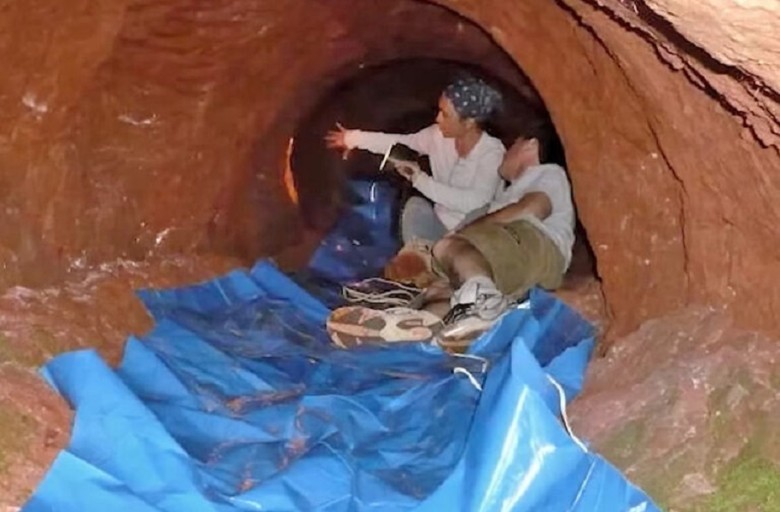
The location where these creatures lived remained hidden for so long. With the discovery of these "paleo-tunnels," we are finally starting to understand their way of life better. These underground wonders reveal secrets that have waited centuries to be unveiled. It's like opening a time capsule right beneath our feet.
Through the Layers
What is truly breathtaking about these tunnels is the incredible persistence of these creatures. Imagine these beasts digging through sediment and igneous rock, sometimes through compact sandstone types that we humans would have struggled with even using the best tools. These animals had a strength and determination that challenges our imagination and is truly inspiring.
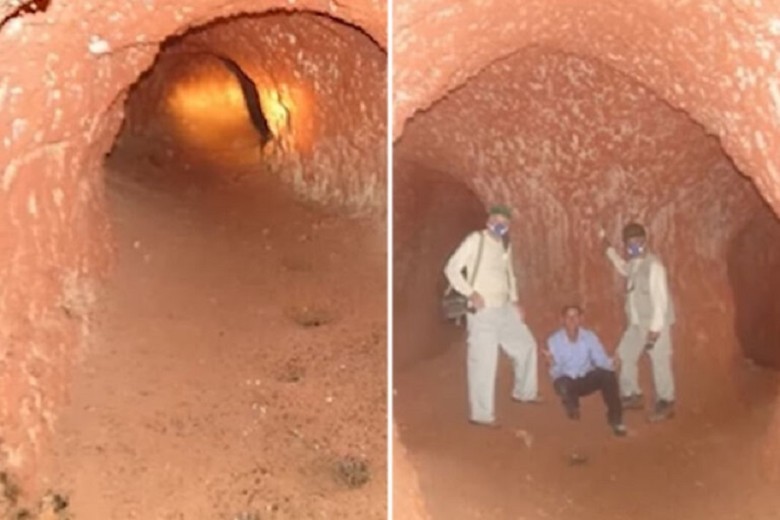
The recent association of extinct giant sloths with these tunnels has brought relief to many scientists. These researchers have sought answers to these puzzles for years. Now it seems we are making progress in solving this archaeological puzzle. There is an atmosphere of optimism and hope in the scientific world.
Where are They?
Despite the imposing presence of these giant creatures in the past, their habitat was like searching for a needle in a haystack. But gradually, as we pieced together various pieces of information, we began to recognize the size and grandeur of the environments in which they lived. It was as if we were rediscovering a forgotten part of our Earth's history.
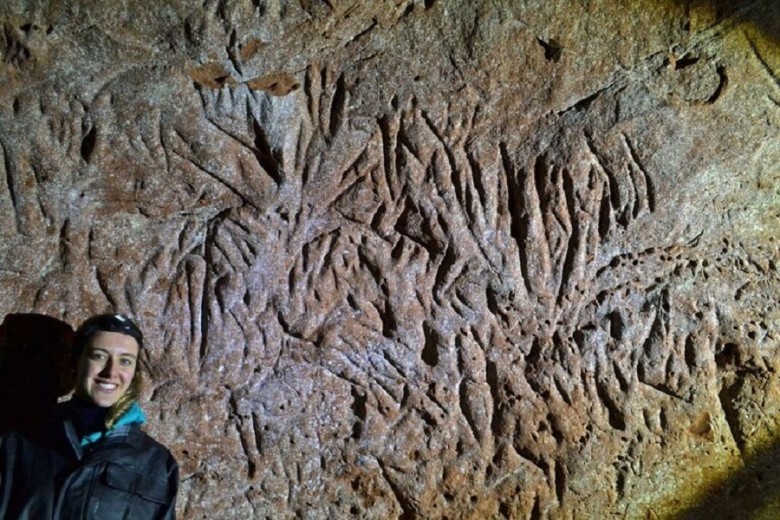
Moreover, millennia of geological changes, such as tectonic shifts, likely led to the collapse of many of these tunnels. This has made it even more challenging to gather evidence of their existence. It's as if nature has gradually erased pages of an ancient history book, making reading more difficult.
The Giants
It was believed that the largest tunnels were dug by sloths of the genus Lestodon. These colossi, reaching up to 15 feet in height and weighing an incredible 5709 pounds, must have been a true spectacle. Imagining one of these giants in full glory sends shivers of excitement.
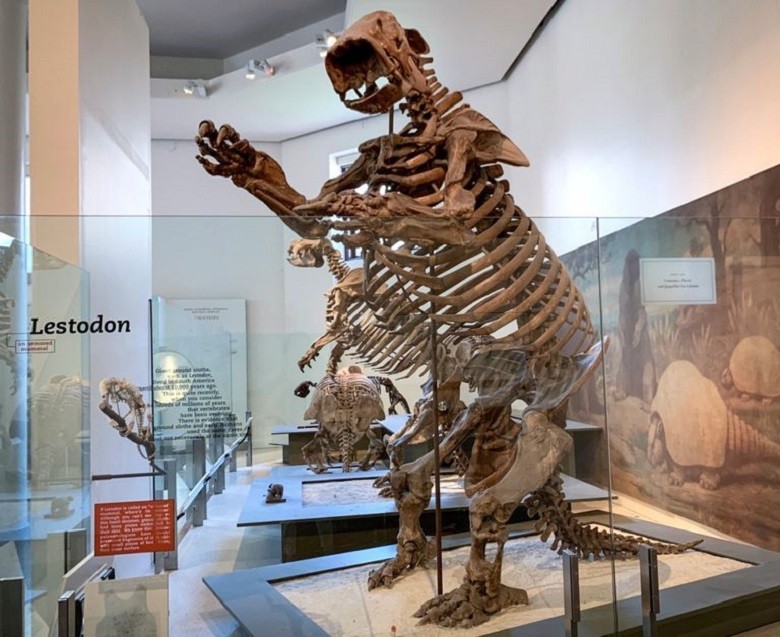
The remarkable difference between today's small sloths and the giants of the past gives us a glimpse into an era of colossal beings. It's fascinating to contemplate a time when enormous creatures roamed the Earth. It's as if we have direct access to an almost forgotten chapter of our planet's history.
Well-Preserved
What's truly fascinating about these tunnels is their ability to withstand the test of time. Thanks to their robust structure and the relatively recent extinction of the creatures that dug them, these underground wonders offer us an almost pristine view into a distant past, like pages of an ancient book telling stories of bygone times.
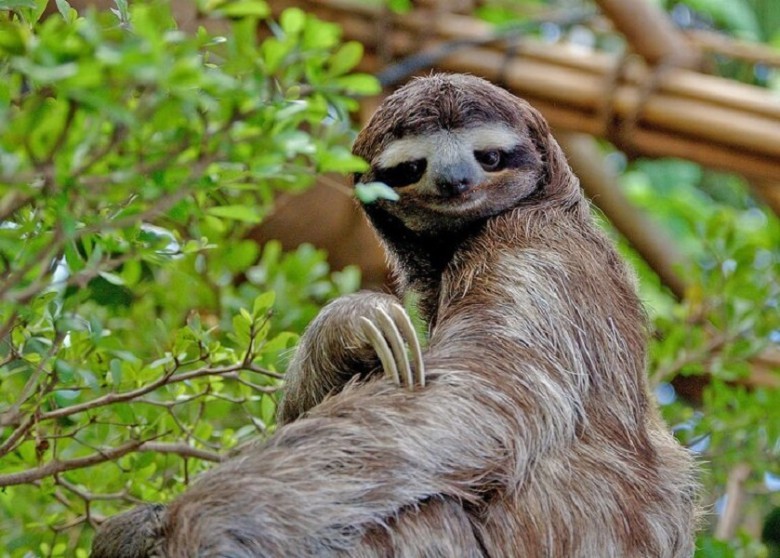
But while we marvel at these creatures of the past, we must remember the wonders still surrounding us. We don't have to look far. Take, for example, the amazing and somewhat otherworldly Mata Mata turtle, a being that reminds us our world is still full of surprises.
Alien Creature
The Mata Mata turtle, with its strange and unique appearance, has always sparked wonder and curiosity. When introduced to Europeans in the 18th century, with its solid shell and wide, smiling face, many were speechless, almost as if they were facing a being from another planet. It's a perfect example of how nature can continually surprise and captivate us.

This turtle, seemingly from a science fiction movie, has its roots right here on our planet. It lives in the quiet waters of countries like Ecuador, Bolivia, and Peru. Its peculiarity has made it the central figure of many stories and legends over the years.
Deadly Predator
At first glance, the Mata Mata turtle could be mistaken for a pile of leaves or drifting debris. This incredible camouflage is by no means accidental. It plays an essential role in its hunting strategy, making it a master of concealment and blending with its surroundings.
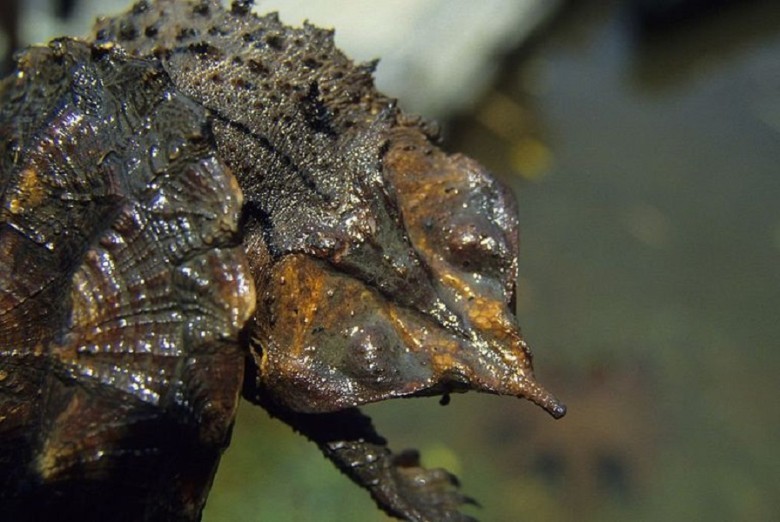
Behind its calm exterior lies a cunning hunter. With astonishing speed, it captures fish and small animals that come too close. With its strong suction ability, it makes it nearly impossible for its prey to escape.
Killings
Many thought they knew everything about the Mata Mata turtle. Yet, like many other creatures in nature, it continues to hold new surprises and secrets for us. This creature, with its simple existence, reminds us that nature always has new lessons for us.
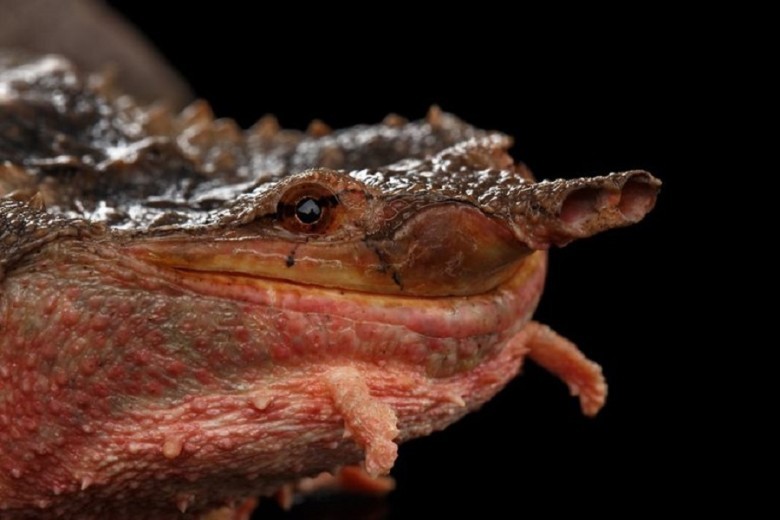
Despite its fame, there is still much to discover about this fascinating creature. With each new research endeavor, a little more of its mysterious world is unveiled. It's one of those beings seemingly always ready to reveal new secrets.
First Discovery
The presence of the Mata Mata turtle in pop culture is undeniable. From social media posts to documentaries, it has become a true star. However, looking back, the first documented mention of this fascinating creature dates back to 1741, a legacy that has endured centuries.
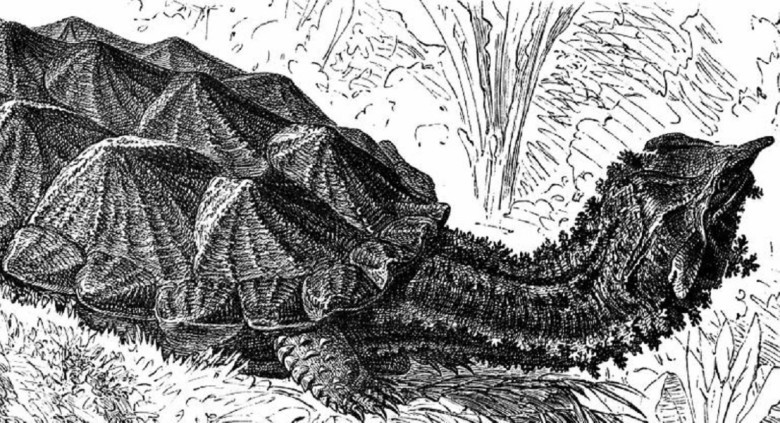
Pierre Barrère, a renowned French naturalist, intricately described its scaly skin and impressiveness. The official classification came several decades later, fueling interest in this unique animal.
Something's Amiss
Finding a name for this turtle was a fascinating affair. In 1783, German naturalist Johann Gottlob Schneider named it "Testudo fimbriata." That was just the beginning of a series of nominations and revisions, almost like an endless game of Chinese whispers.
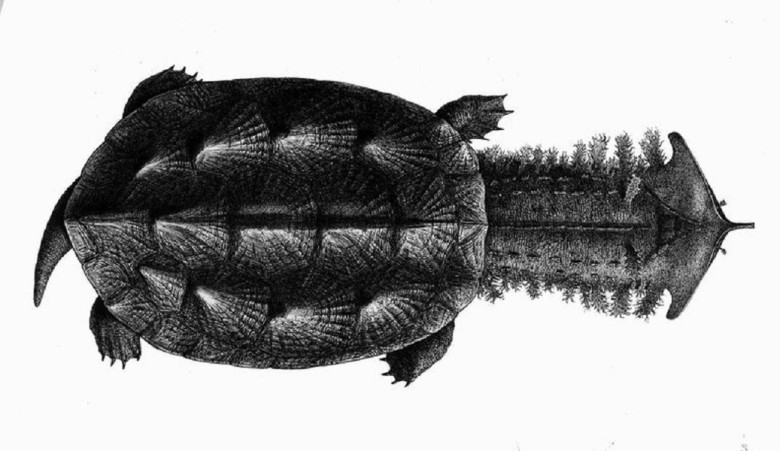
After several name changes, it was definitively labeled as Chelus fimbriata in 1992. However, new studies in 2020 challenged this classification, demonstrating that science is always in motion and evolving.
Well Camouflaged
One of the most extraordinary features of the Mata Mata turtle is undoubtedly its shell. This protective layer, mostly in shades of brown, is adorned with a variety of textures, from small bumps to sharp spikes. It is a true masterpiece of Mother Nature, never ceasing to astonish us.
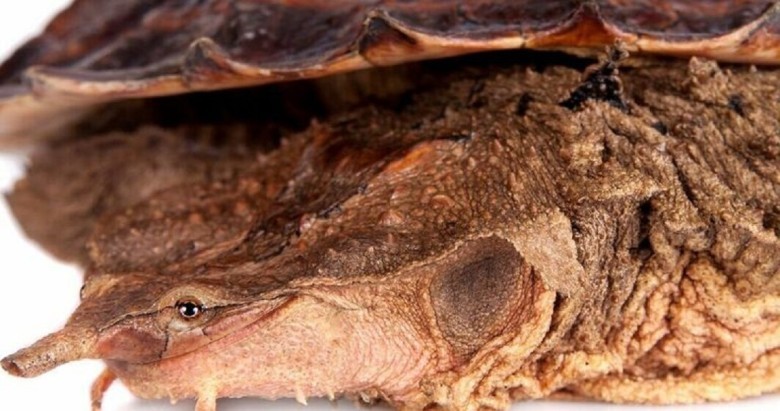
Its rugged appearance is enhanced by the algae growing on its shell, providing additional camouflage. Young specimens have a pinkish belly that darkens with age, taking on brown or yellow hues—a sign of the passage of time.
Unique Features
From the shell to the turtle's unique anatomy, the long neck and flat head immediately catch the eye. Covered with warts and protrusions, it is a perfect blend of oddity and wonder, a unique design that only nature could create.
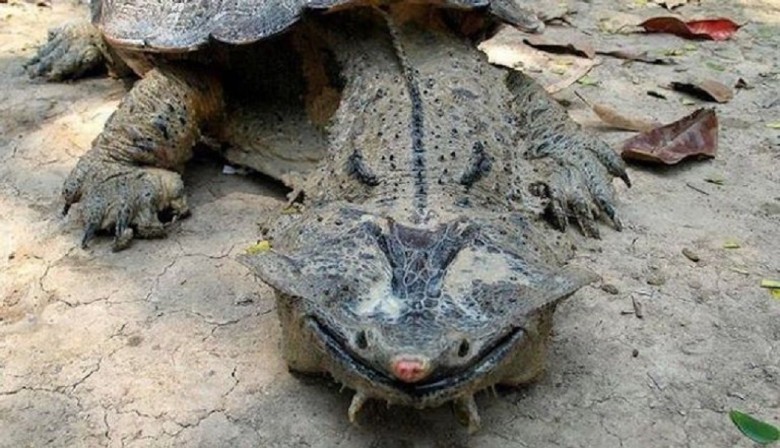
At first glance, it may seem peculiar, but behind this appearance is a born predator. A creature that has refined its hunting techniques over millions of years of evolution. A true masterpiece of nature.
Additional Senses
Observing the Mata Mata turtle and its small eyes, one might think it struggles to navigate the murky waters of its habitat. You might believe that these small eyes pose a handicap in such a dark environment. However, Mother Nature has equipped it with abilities that surpass expectations.

The neck and head of this turtle feature delicate skin flaps that are not only decorative but also serve a genuine purpose. These sensitive flaps can feel even the slightest vibrations in the water, allowing it to instantly detect the presence of potential prey nearby. It's a kind of sixth sense in the water!
What Big Ears!
The turtle, in addition to its mastery of camouflage, has special nerves in its mouth, chin, and neck that enhance its ability to detect prey. Its ears, larger than those of many other turtles, give it refined hearing. So, even if it may not see well, it is always on alert.

Even if its vision may not be the best, it boasts an impressive sense of hearing. This ensures that it is always ready and vigilant, especially when it comes to sensing potential prey nearby. This shows us how incredibly well-adapted the Mata Mata is to its environment, thanks to these exceptional features.
They Live in the Depths
Although the Mata Mata turtle has webbed feet, it is not a particularly good swimmer in open waters. It prefers muddy and calm waters. It might seem strange for a turtle, but it is perfectly adapted to its surroundings.

Rivers, streams, and swamps are the perfect stage for these turtles. Here, they can hide among underwater vegetation, almost becoming invisible as they patiently wait for their next prey. It's like they're playing hide and seek in their natural habitat!
They Grow Very Large
The Mata Mata turtle impresses not only with its appearance but also with its size. As reported by the renowned Smithsonian’s National Zoo & Conservation Biology Institute, its shell can reach almost half a meter in diameter. And some specimens weigh nearly 18 kilograms – incredible!
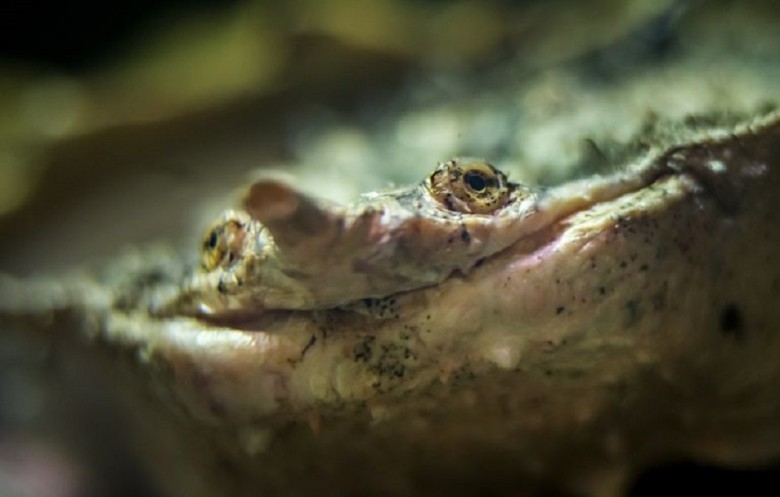
To get a more precise idea of their size, imagine the average weight of a four-year-old child; that's how much these amazing reptiles weigh. Such stature makes the Mata Mata turtle a true gem in the vast world of turtles.
Peculiar Procession
During the mating season, the Mata Mata turtle still has some surprises in store. Its courtship ritual is a sight to behold: males open and close their mouths in a spectacular manner. It's truly a special performance.

But there's more to discover. If the female shows no interest, the male may start wiggling the head flaps or stretching the hind legs. It's as if it's performing a dance of nature, deploying a series of courtship techniques as diverse as they are fascinating.
Long Incubation
After a successful mating, a clutch can comprise up to 28 eggs. The mother carefully selects the location for her eggs. Surprisingly, the incubation period lasts almost 200 days, as highlighted by the Smithsonian.

While many turtle species are declining, the Mata Mata has always been considered abundant. However, recent studies suggest that it might be time to reevaluate its conservation status. There could be surprises in store.
Popular in South America
The Mata Mata turtle mainly inhabits the river systems of the Amazon and Orinoco in South America. It can be found in Bolivia, Peru, Colombia, and other countries. These places, full of biodiversity, are its perfect habitat.

Further north, enthusiasts can observe these turtles in captivity at many locations in the United States, including the prestigious Smithsonian National Zoos in Washington, D.C. A must-see for anyone visiting the U.S. capital!
They are also prey
In captivity, such as in zoos, the diet of this turtle primarily consists of fish. However, in the wild, they are natural-born hunters, once again proving their incredible adaptability.

They don't just feed on fish; smaller invertebrates are also part of their diet. Their snorkel-like nose allows them to breathe while staying submerged, always ready to surprise their next meal.
Truly Strange
Due to its unique behavior, the Mata Mata turtle is often considered one of the most extraordinary species. Many turtles might compete for this title, but the Mata Mata has that certain something that makes it stand out.

Compared to other species like the softshell turtle or snapping turtle, the Mata Mata distinguishes itself through its uniqueness in the animal kingdom. It is truly one of a kind!
Gray Area of the Animal Kingdom
Despite its fame, it has long been a puzzle for scientists. Dr. Uwe Fritz and others have attempted to unravel the secrets of this creature, demonstrating that there is always something new to discover in nature.
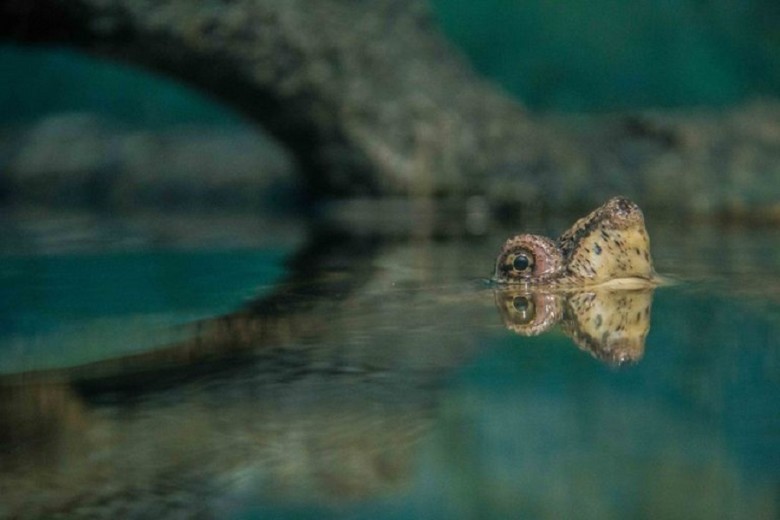
A renowned expert in reptiles and amphibians at the Senckenberg Natural History Collections in Germany spoke about how mysterious these turtles can be. Many in the field of herpetology are still trying to unveil their secrets. Despite all the studies, they remain a puzzle in many respects.
One Species
Dr. Fritz explained in 2020 that, despite their fame, there is still much we don't know about the genetics of these turtles. This shows how much nature still holds secrets for us.
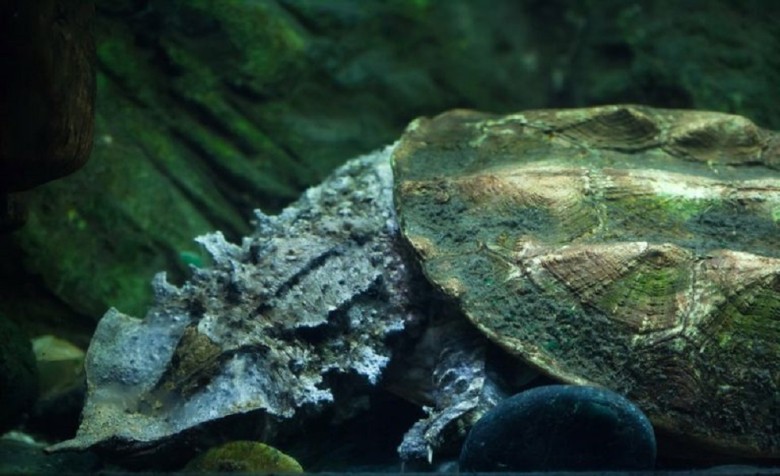
For a long time, the scientific community thought there was only one species of this turtle, widespread throughout South America. However, recent research suggests that reality might be more complex than initially thought.
Truly Strange
Due to its unique behavior, the Mata Mata turtle is often considered one of the most extraordinary species. Many turtles might compete for this title, but the Mata Mata has that certain something that makes it stand out.

Compared to other species like the softshell turtle or snapping turtle, the Mata Mata distinguishes itself through its uniqueness in the animal kingdom. It is truly one of a kind!
Gray Area of the Animal Kingdom
Despite its fame, it has long been a puzzle for scientists. Dr. Uwe Fritz and others have attempted to unravel the secrets of this creature, demonstrating that there is always something new to discover in nature.

A renowned expert in reptiles and amphibians at the Senckenberg Natural History Collections in Germany spoke about how mysterious these turtles can be. Many in the field of herpetology are still trying to unveil their secrets. Despite all the studies, they remain a puzzle in many respects.
One Species
Dr. Fritz explained in 2020 that, despite their fame, there is still much we don't know about the genetics of these turtles. This shows how much nature still holds secrets for us.

For a long time, the scientific community thought there was only one species of this turtle, widespread throughout South America. However, recent research suggests that reality might be more complex than initially thought.
Diverse Traits
Many believed there was only one type of Mata Mata turtle, but some researchers began noticing differences among individuals. These findings have opened a new chapter full of questions in research.
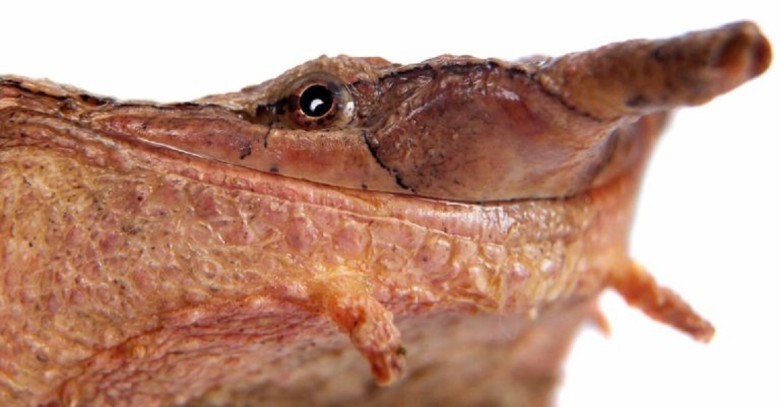
This discovery poses a fascinating question: Are the variations merely an expression of individual diversity, or do they reveal a deeper and more complex biological history? It's a dilemma that many experts are still trying to solve.
Is it Genetic?
In the complex world of biology, many creatures exhibit considerable variability. However, with the Mata Mata, the differences seemed to be linked to geography, indicating a pattern yet to be deciphered.

Experts began to wonder if hidden genetic factors might be driving these variations. This hypothesis has sparked numerous debates and curiosity in the academic world, prompting a need for further research to see if these theories are on solid ground.
Commencement of a Study
Dr. Fritz noted differences between the Mata Mata turtles of the Orinoco and those of the Amazon. This prompted him and his team to embark on a detailed research project, proving that science is an endless journey.
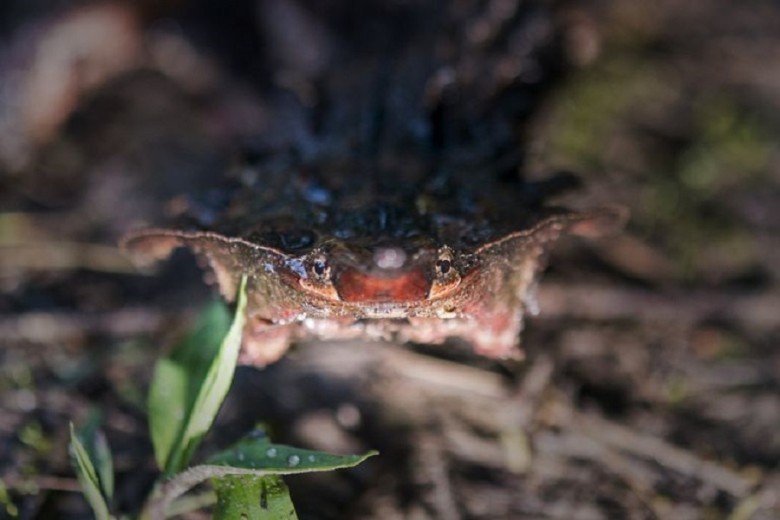
Dr. Fritz and his brilliant team from the renowned Senckenberg Natural History Collections decided to get to the bottom of this mystery. They were determined to better understand the fascinating anatomy of this unique reptile. Their motivation was immense, knowing they stood on the threshold of potentially revolutionary discoveries.
The Truth Emerges
With such a meticulous approach, this team examined a whopping 75 different DNA samples of the Mata Mata turtle. The fundamental question was: Are there genetic differences between the various populations studied? The research was crucial. It was not just about mere curiosity but a deep desire to understand nature.

The results of this research left everyone speechless. For a long time, the scientific community believed in the existence of only a single species of this reptile. Yet, what was discovered revealed a much more complex and fascinating reality than one could have imagined.
Completely Different Species
And the results? Well, they were truly surprising. Contrary to the general assumption that there is only one species of Mata Mata turtle, it turns out there are two distinct species in South America. Nature always knows how to surprise us by guarding its secrets jealously.
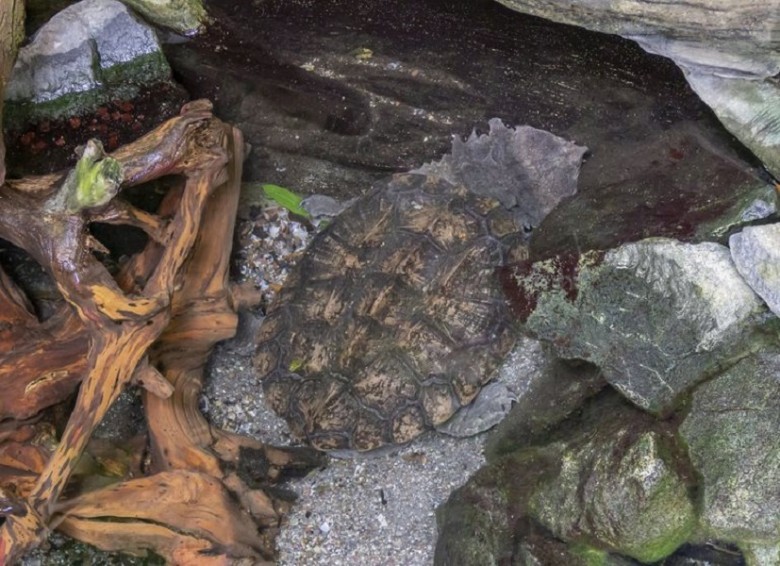
While the species known as Chelus fimbriata is mainly found in the Amazon basin, a new species was identified: Chelus orinocensis. This species is primarily located in the northern regions of the Orinoco basin, showcasing a geographical distribution that no one had expected.
Unique Shells
However, it was not just the geographical location that differentiated these two species. The Chelus fimbriata, which we all knew, has a more rectangular shell and a darker lower abdomen. This once again emphasizes how crucial details are in biological studies.

What truly astonished scientists was the discovery that Chelus orinocensis possesses an uncolored plastron and an oval shell. These differences have led to new questions about their evolution and adaptability over time.
13 Million Years Ago
The findings of the researchers from the Senckenberg Natural History Museum are impressive. They suggest that these turtles, now known as Mata Matas, have existed for approximately 13 million years, dating back to the Miocene! Contemplating such an ancient creature is truly thought-provoking.

Historically, the waters of the Amazon and Orinoco were connected. However, with their separation, many species took different evolutionary paths. This underscores how geological changes can profoundly influence biodiversity.
Grim Realization
As the Amazon and Orinoco rivers evolved, the ancestors of Mata Mata turtles took different routes, leading to the emergence of two distinct species. And this remarkable diversity remained hidden from scientists for centuries. Surprising, isn't it?

Thanks to these new insights, the scientific community has gained a deeper understanding of these extraordinary reptiles. This discovery has sparked a renewed appreciation and admiration for them.
Highly Reduced Population
Mario Vargas-Ramírez, who led the study at Senckenberg, made a concerning observation regarding the conservation of these creatures. Despite their wide distribution, they were not considered endangered. But, as we know, the number is not the only indicator of protection.
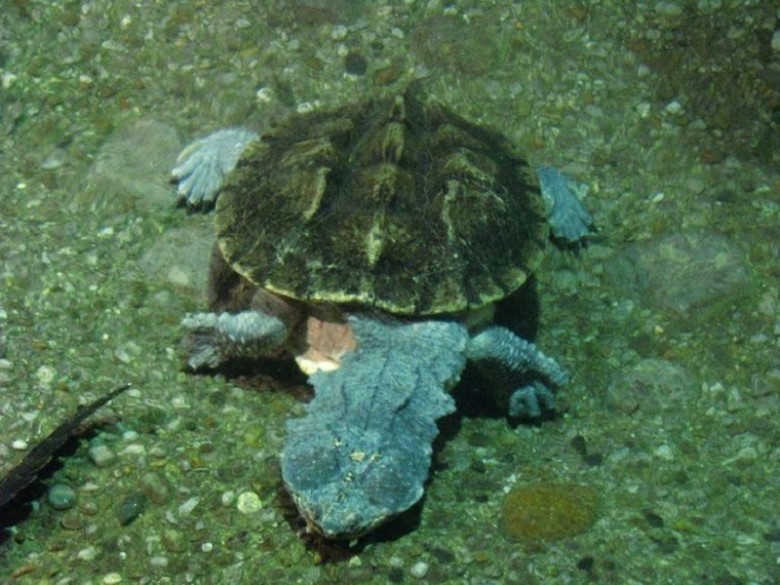
However, a troubling discovery followed: the division into two separate species reduced the number of individuals for each species. This has prompted everyone to rethink previous theories and hypotheses about their population.
Illegal Trade
But the challenges these turtles face are diverse. Vargas-Ramirez emphasized that the threats are varied. To secure their survival, it is crucial to understand them correctly and act accordingly.
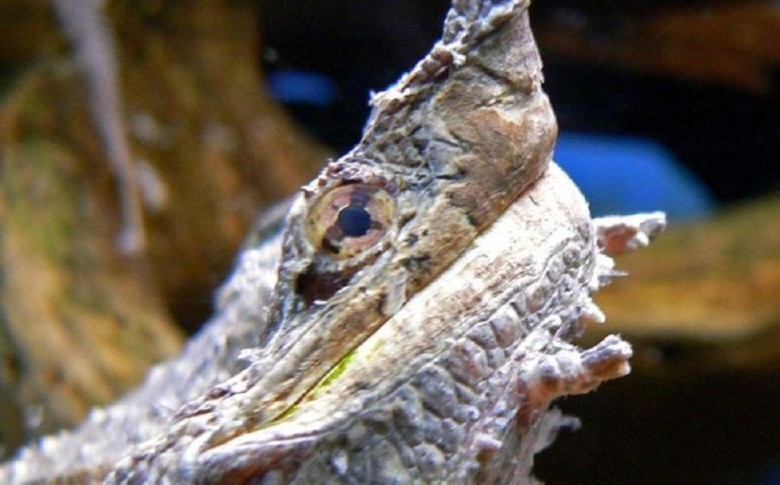
Unfortunately, thousands of these turtles are captured every year through the tragic illegal wildlife trade. Despite authorities' efforts, the protection of these creatures has become increasingly urgent.
Conservation Strategies
July 2020 was significant. It was the month when Vargas-Ramirez, Fritz, and other colleagues published a groundbreaking study in the journal Molecular Phylogenetics and Evolution. The scientific world was fascinated by their discoveries and engaged in lengthy discussions.
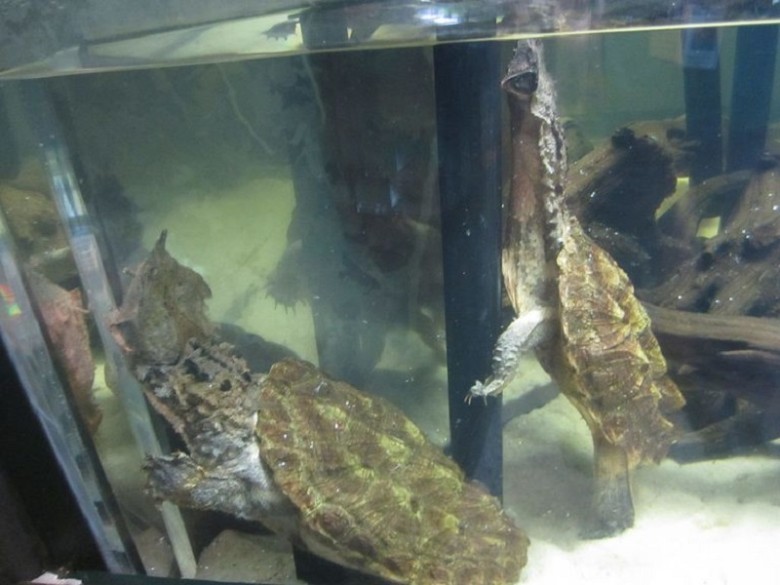
The authors of the study highlighted the importance of continuing research. There is growing concern about the impact of illegal trade on turtle populations. The goal is to use this information to develop more effective conservation strategies.
Genetic Research
Your article didn't beat around the bush. You emphasized how crucial it is to collect data about the Mata Mata turtle to protect it. It's a call to action, a strong message about the necessity of intervention.

Interestingly, this isn't the only study of its kind. More and more studies are focusing on genetics to defend and preserve biological diversity. This attests to the tireless commitment of the scientific community to protect our planet.
The American Crocodile
The year 2020 didn't only bring surprises concerning turtles. A group of scientists from the University of Bristol made headlines with groundbreaking research. Science never ceases to amaze us with its continuous discoveries.
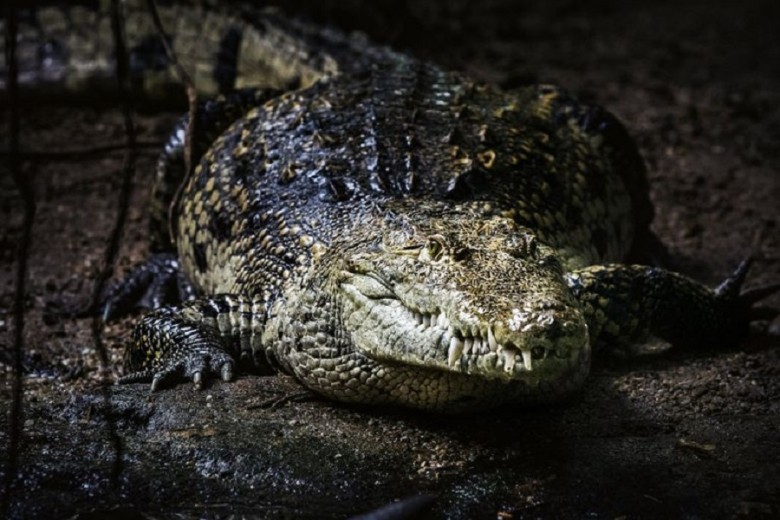
This study mainly focused on the genetic complexity among different populations of the well-known American crocodile. The aim was to utilize this genetic knowledge to develop conservation strategies for this reptile crucial to ecological balance.
Declining Habitat
Taking a trip back to the early 19th century, you'll come across the fascinating discovery of the American crocodile by the outstanding French zoologist Georges Cuvier. Imagine the excitement that arose when this captivating animal was first described!
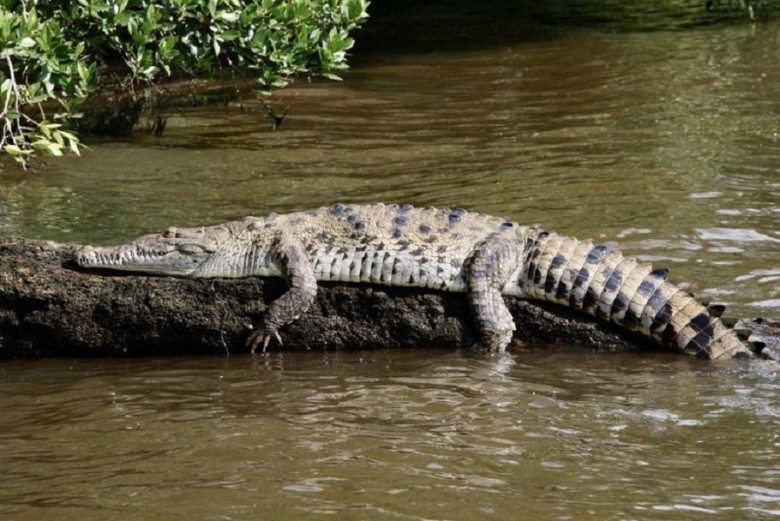
Despite their amazing evolution and adaptability, crocodiles have faced numerous threats over the years. Overhunting, habitat destruction, and pollution are just a few of the challenges that have led to a drastic decline in their populations.
Population Recovery
But the history of the American crocodile has not always been bleak. In 2007, the U.S. Fish and Wildlife Service classified the crocodile as "endangered." This decision ensured crucial protection for the crocodile and demonstrated a serious commitment to its preservation.

Although some conservation initiatives have already been launched, there is still much to be done. However, experts remain hopeful, passionately working to find innovative solutions and secure a safe future for these species.
Crocodile Genes
Want to know the secret to truly successful conservation efforts? You must know the DNA of the American crocodile in its various habitats. With this idea in mind, the tireless team at the University of Bristol embarked on a profound and comprehensive research journey. They were convinced that thoroughly exploring its genetic heritage was essential for the optimal protection of this magnificent creature.
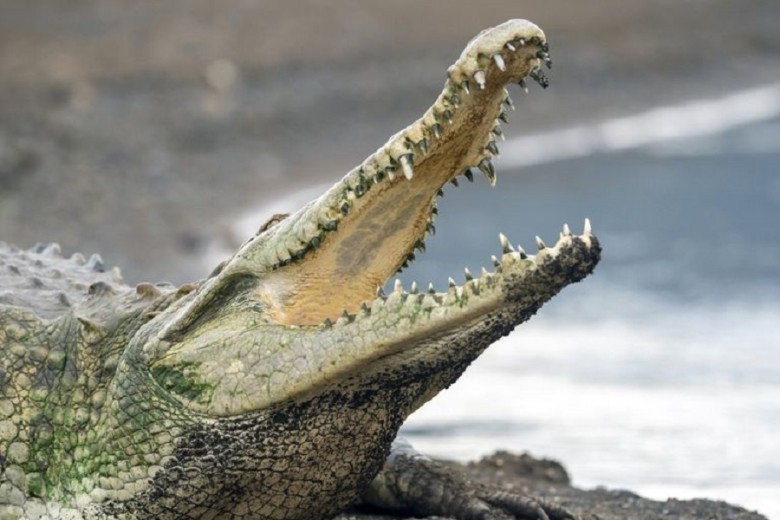
One of the applied methods was analyzing the DNA from samples from no fewer than seven different countries. This has revealed genetic variations between different specimens and provided a detailed overview of the genetic peculiarities of each region.
Refining Efforts
Indeed, upon closer examination of these extraordinary reptiles, they discovered genetic variations between different crocodile populations. For conservationists, this discovery was like finding a true hidden treasure. Thanks to these genetic details, they now have the tools to develop more precise reintroduction programs that consider each individual variation. This could mean a groundbreaking turn in the conservation of crocodiles.
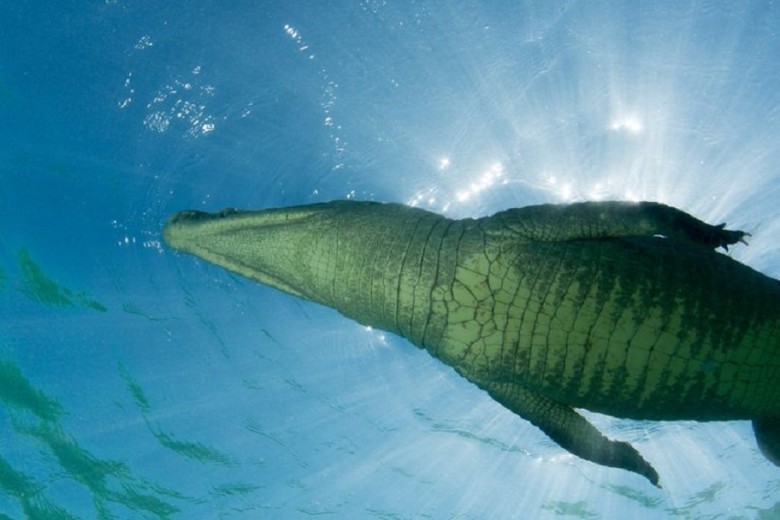
A question that arises is: Could these new genetic techniques be the solution to protecting other endangered species? Perhaps even fascinating species like the mysterious Mata Mata turtle?
Another Discovery
The year 2020 was a year of discoveries, particularly in the field of animal genetics. This was underscored by an unprecedented collaboration between researchers from India, Russia, and the United States. When different nations come together for science, the results can truly be impressive!

Utilizing state-of-the-art technologies, scientists excitedly announced the discovery of an entirely new species: Tetrastemma freyae. This fascinating creature was found along the beautiful coasts of Kovalam in the Indian state of Kerala.
Yet to be Discovered
In terms of collaboration, Dr. Alexei Chernyshev, an expert from the Russian Academy of Sciences, shared many of his insights. In a conversation with Research Matters, an Indian magazine, in July 2020, Dr. Chernyshev was full of enthusiasm. One can only imagine the excitement and thrill he felt in that moment as he shared his discoveries!

The genus Tetrastemma is truly complex and encompasses a variety of different species. Our research suggests that tropical seas are rich in nemerteans, many of which are hidden in the depths, waiting to surprise us with their discovery.
The Future of Identification
Pioneers in the scientific world are more excited than ever. They are convinced that we are at the beginning of a golden age for zoological discoveries, all thanks to advances in DNA taxonomy. Over the years, many have recognized the potential of this technique and view it as the future of biological research.

While many recent discoveries have focused on terrestrial ecosystems, scientists acknowledge that the oceans still represent a largely unexplored frontier. Undoubtedly, countless wonders are hiding in the depths of the sea, waiting to be discovered.
Looking Ahead
However, innovations in DNA taxonomy bring not only excitement but also hope. Both for nature enthusiasts and conservation experts. The ultimate goal? To build a deeper connection with all the species we share our planet with. After all, caring for our Earth is a responsibility we all bear.

This nemertine, in particular, has a truly unique and fascinating feature: its surface is adorned with a series of wavy lines. This not only makes it a splendid example of how evolution can manifest but also sparks significant interest and curiosity among marine biologists.










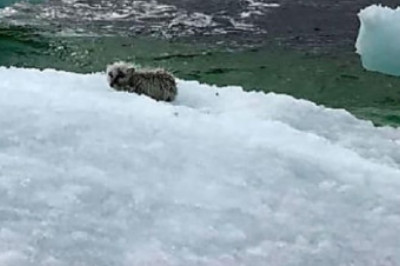
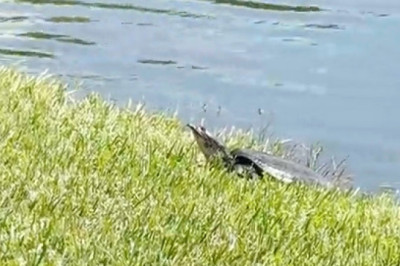
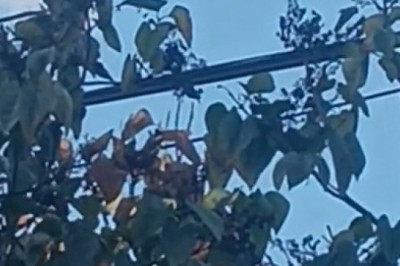


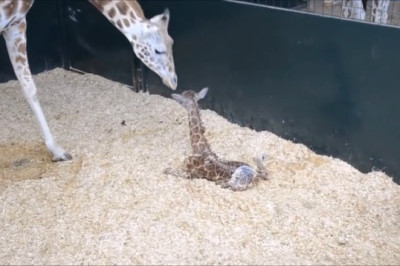




Comments
0 comment